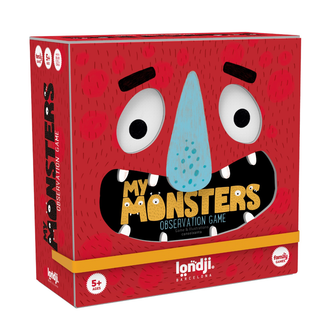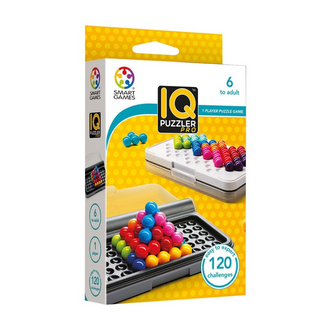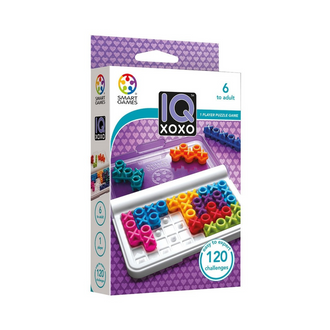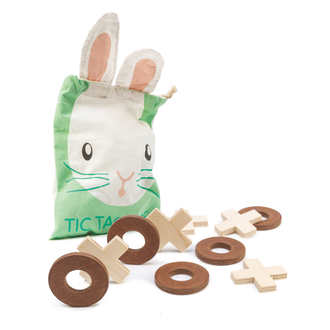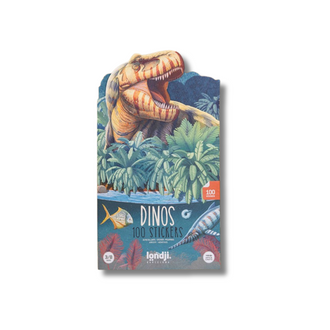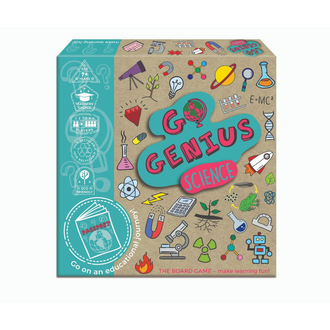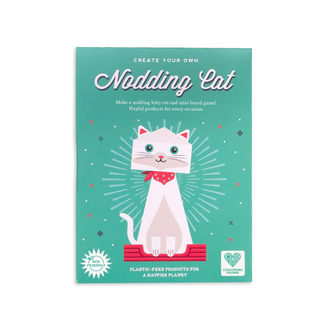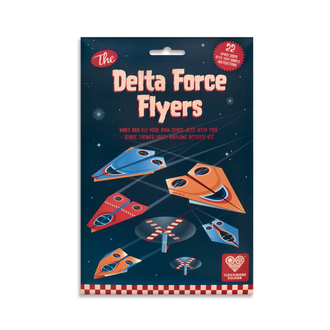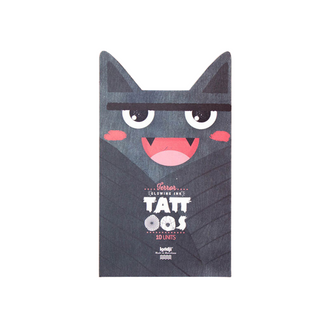Finding the right Christmas gift for a child is usually described as magical, until you’re actually doing it, scrolling through page after page of flashing plastic toys that all promise to “spark creativity” and “improve fine-motor skills.”
But good gifting doesn’t have to be chaotic or overly sentimental. When done well, it’s surprisingly rational: a mix of the child’s stage of development, the kind of play that naturally engages them, and the quality of the object you’re bringing into their home (and often into their parents’ living room).
This guide breaks that down, using the same logic that underpins the curation at Eeny Meeny, the kind that feels delightful to unwrap and genuinely useful months later.
Whether you’re buying for your own child, a grandkid, a niece or nephew, a godchild, or a friend’s toddler you see twice a year, here’s how to pick something they’ll actually want to play with.
1. Start with what the child is into right now
For children under seven, the best predictor of a good gift is whatever they obsess over at this exact moment.
A few reliable clues:
- Toddlers (1–3) repeat everything: stacking, emptying, pushing, pulling.
- Preschoolers (3–5) go deep into pretend play: cooking, caring for dolls, building worlds.
- Early school-age children (5–7) want small challenges: puzzles, games, early STEM kits.
If you’re not sure, ask the parent one simple question: “What do they play with every single day?”
That answer is your compass, choose something that expands that world, not something entirely new.
2. Pick toys that can grow with them
Eeny Meeny’s favourite finds tend to have one thing in common: they last. Not because they’re indestructible, but because kids can use them in different ways as they get older.
Gifts that fall into this “age-flexible” category include:
- Magnetic tiles (simple towers at two, elaborate mazes at five).
- Building kits (Plus-Plus is especially good at this).
- Wooden blocks (always in rotation, no matter the age).
- Pretend play sets (a tea set becomes a café, then a restaurant, then a bakery).
- Board and card games (start with observation games, move toward strategy by six).
These are the kinds of toys that aren’t abandoned in February. They quietly evolve with the child, and that is the real metric of a good gift.
3. Choose materials parents won’t hate having at home
Most parents will never say this out loud, but toys that look nice last longer. They stay out on the shelf, get used more, and become part of daily life.
This is where Eeny Meeny’s curation is genuinely useful:
- lots of wood,
- lots of well-made toys,
- lots of sturdy cardboard,
- and almost no flashy plastic.
These materials tend to age better, clean more easily, and feel nicer in the hand. They also avoid the “Christmas morning headache” problem: lights, noise, batteries, repeat.
A rule of thumb: if the toy looks like it could sit comfortably in a calm, modern home, it will probably get played with more.
4. Don’t obsess over the word “educational”
Babies and young children learn because everything is educational, pouring water in the bath, stacking blocks, drawing spirals, banging spoons together.
Instead of buying something because it claims learning benefits, look for toys that naturally support core skills:
- For babies (0–1): sensory textures, grasping toys, soft rattles
- For toddlers (1–3): stacking, sorting, pouring, pushing
- For preschoolers (3–5): role play, building, creativity
- For kids between the age of 5 and 7: games with rules, puzzles, early engineering or logic toys
If a toy encourages focus, creativity, storytelling or problem-solving, without forcing it, it’s a win.
5. Use the “five-pillar” formula (it makes choosing really easy)
If you’re overwhelmed, pick one item from each of these play pillars. It’s the simplest method for building a well-rounded Christmas gift list.
1. Something to cuddle
Soft toys, dolls, comforters bring instant emotional grounding.
2. Something to build
Magnetic tiles, wooden blocks, Plus-Plus. Brilliant for rainy holiday afternoons.
3. Something to create
Colouring, craft kits, painting sets: the kind that keep them busy when grown-ups are cooking.
4. Something to share
Board games, card games, memory or observation games.
5. Something to explore
Bath toys, nature kits, chalks, outdoor sets.
You can give one pillar, three pillars, or the whole set, but the structure keeps gifting focused and thoughtful.
6. For babies (0–12 months), keep it soft and sensory
Babies don’t need much. The best gifts are gentle and exploratory:
- Organic cotton soft toys
- Simple rattles or clutching toys
- Soft stacking rings
- Cloth books with calm illustrations
Think textures, colours, movement, not complexity.
7. For toddlers (1–3 years), prioritise action
Toddlers love doing the same actions 100 times in a row. Good gifts match that energy:
- Stacking toys (wood or silicone)
- Sorting and posting toys
- Push-along or pull-along animals
- First puzzles with chunky pieces
- Bath toys that scoop, pour and float
If it’s durable and invites repetition, it’s perfect.
8. For preschoolers (3–5 years), lean into imagination
This is the golden age of pretend play. Choose toys that support stories:
- Dolls and accessories
- Play food and tea sets
- Building sets (magnetic tiles, Plus-Plus, wooden blocks)
- Large colouring posters, craft kits, painting sets
- First board games (simple rules, quick rounds)
These gifts get pulled out again and again, often for years.
9. For ages 5–7, choose complexity (but not pressure)
The five- to seven-year window is about mastering small challenges:
- Strategy board games
- Detailed craft kits (sewing, beading, model-making)
- Early STEM toys
- Puzzles with 100 pieces and up
- Books and posters about nature, space, geography
Kids this age love feeling capable, gifts that give them that sensation land beautifully.
10. Pick stocking fillers that aren’t “filler”
A good stocking filler is small, useful and genuinely delightful:
- Pocket puzzles
- Mini craft kits
- Wax crayons or sparkly pens
- Temporary tattoos
- Small figurines that expand a play set they already own
If it supports an existing interest, it won’t be forgotten.
11. One more thing: buy fewer, better
Children don’t need mountains of toys; they need toys they can actually use.
A beautifully made building set will outlast, and outplay, a pile of novelty items. A doll with thoughtful accessories will do more for storytelling than a box of random plastic. A game the whole family can enjoy will be remembered long after the chocolate coins are gone.
This is where Eeny Meeny’s curation stands out: everything is built to last, chosen with intention, and aligned to a simple idea, joyful, meaningful play for children 0–7.
The real “right gift”? It’s the one they forget came from you
Not in a bad way, in the best way.
A great Christmas present becomes part of their daily world. It sits on the shelf, gets pulled out naturally, joins breakfast tables and sofa forts, survives car trips, and reappears for months.
The right gift isn’t loud.
It isn’t flashy.
It doesn’t beg for attention.
It simply works, for the child, for the family, and for the childhood they’re building.
Clothilde Gasser
Founder of Eeny Meeny


